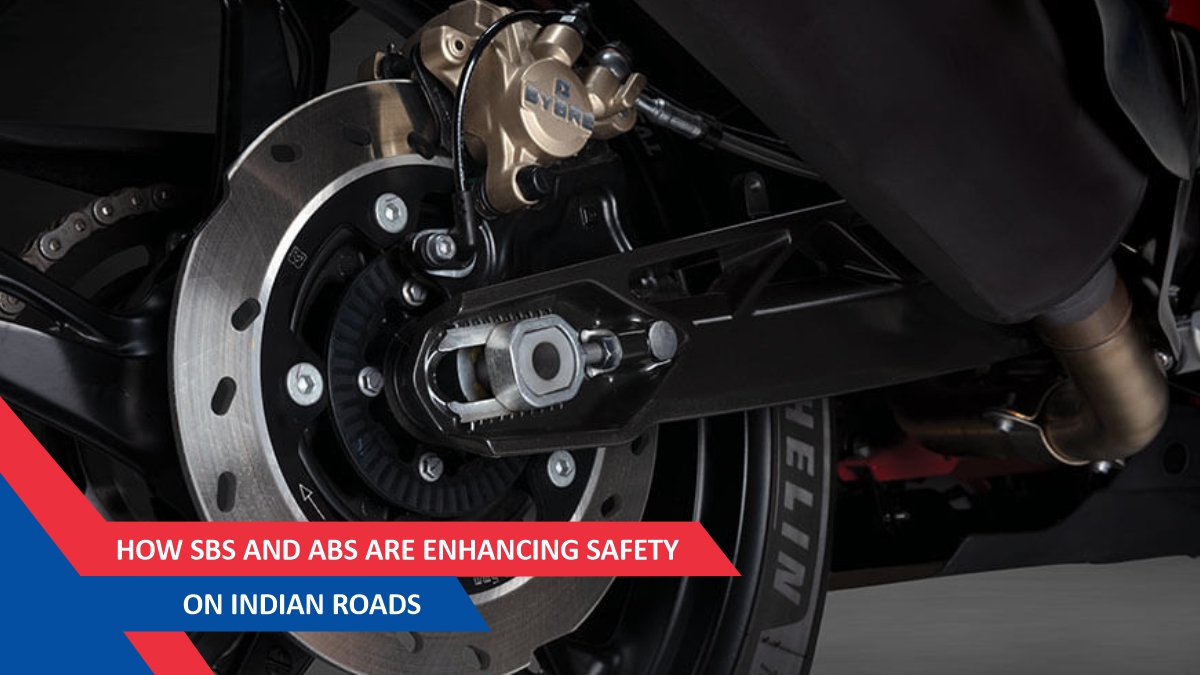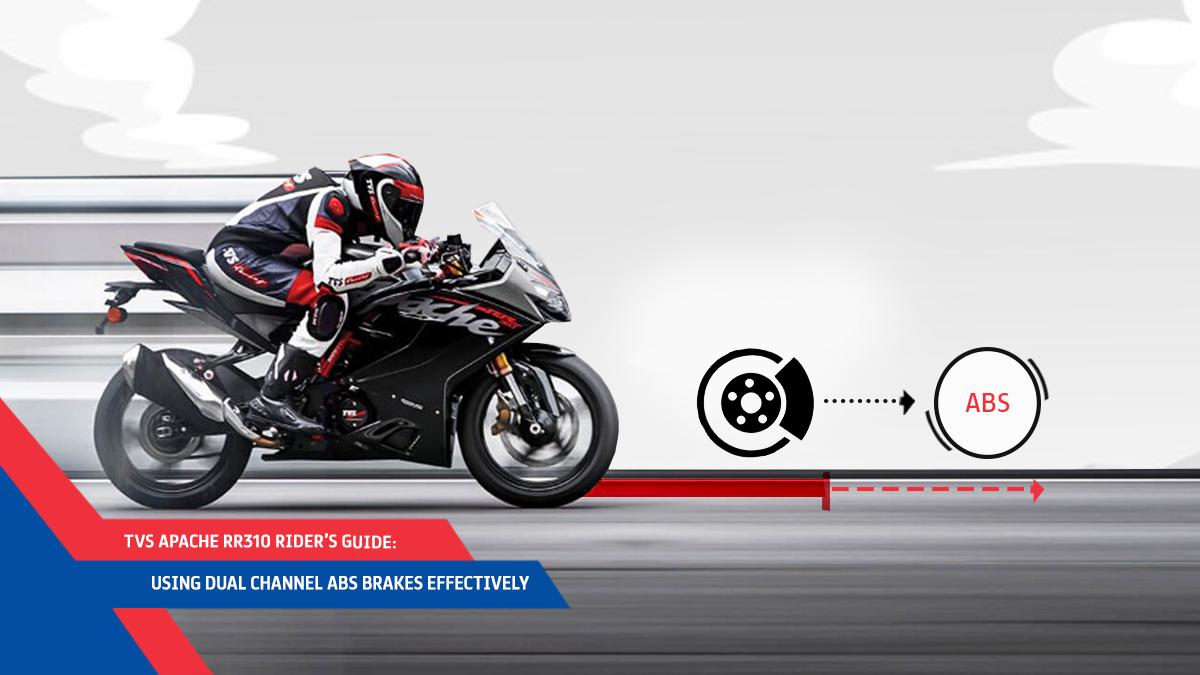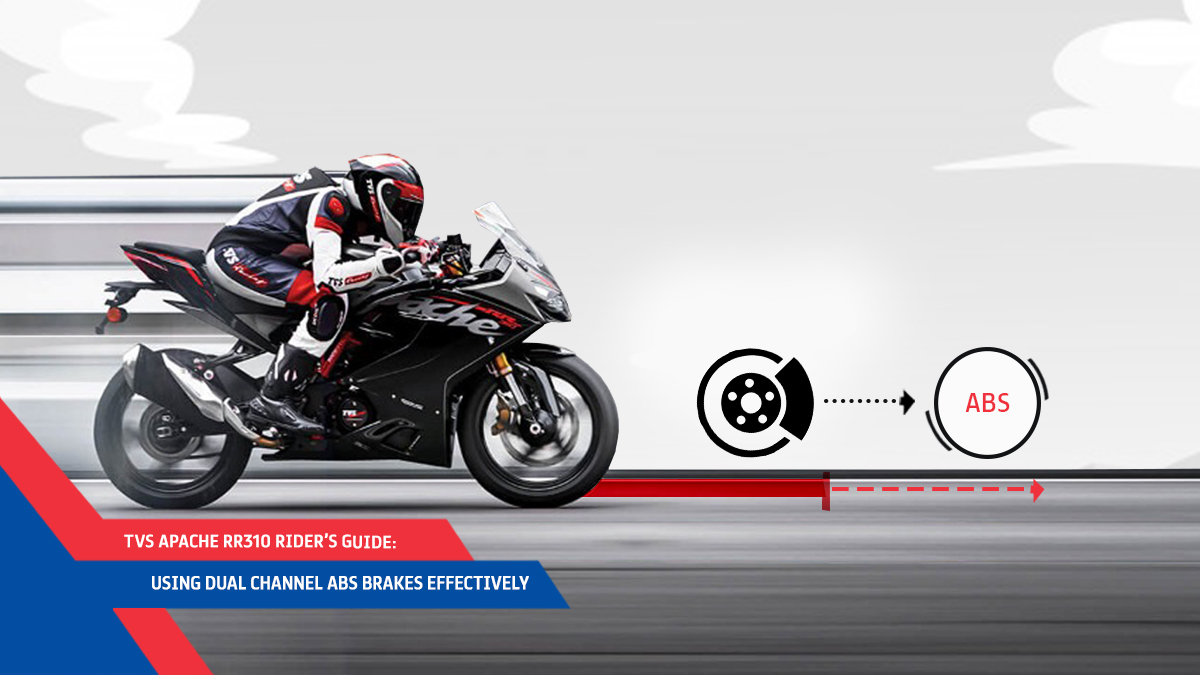An anti-lock braking system (ABS) is a safety feature that averts the skidding of tyres under sudden or hard braking. Initially, this technology was introduced in aircraft, and was primarily known as an anti-skid braking system. It was in the 1990s that ABS was introduced in cars and trucks in order to improve safety by enhancing the control over vehicles during hard braking.
How ABS Functions
The
functionality of ABS is simple. When the ABS control module senses a decline in wheel rotation, the sensors constantly monitor wheel locking and release and apply the brake, preventing the wheels from locking. This helps the rider maintain control over the vehicle.
Anti-lock brake sensors are magnetically triggered once the teeth housed on rings pass the sensor. During normal rotation, the usual rhythm indicates normal operation, however, abrupt slowdown activates the system in a fraction of seconds. Herein, the ABS pump supplies hydraulic pressure to the brake as per the grip available and undertakes intermitting braking.
Common Causes of ABS Malfunction
On the center console of the motorcycle, there is a warning light for ABS system which glows when any component of the system as a whole stops functioning, here are some of the common problems that may lead to failure of the ABS brake system.
• Damaged Wheel Speed Sensor
This is a small component housed on the ABS ring of the wheel that transmits data to the ABS module (ECU). If the system detects an abrupt loss in pace, the system alters the braking response for enhanced control. However, if the sensor is damaged, dirty or there’s damage in the wiring, the sensor stops transmitting data – that is when the ABS light glows on the display. In such scenarios, it is recommended to visit an authorised workshop to resolve this concern.
• Low level of Fluid in Reservoir
The braking system primarily works with hydraulic fluid and the brake cylinder when pressed against the fluid to close the brake and bring your bike to a stop. The system requires a consistent level of fluid in the braking system. Yet, a drop in the level of fluid hampers the braking performance and the ABS system can detect the decreased braking response and turn on the ABS light.
• Faulty ABS Module
In
modern bikes, ABS shares components with various other systems. In fact, ABS and traction control systems share the same set of sensors and a self-diagnostic system - these may sometimes interfere with one another. Any such concern in the wiring harness or any sensor associated with traction control may result in the ABS light glowing.
• System maybe Turned-Off
Bikes these days come with an option of switchable ABS as per riding preference, and the response can be calibrated or outright turned off. When you turn off the system, the ABS indication light glows on your bike’s display, recommending you to turn on this safety feature.
If you have an ABS brake system failure malfunction concern, do visit an authorized TVS Motor service center and get your TVS bike diagnosed and fixed with genuine parts from our team of certified technicians at TVS Motor.
Exceptional Service, Extensive Network.
Read More:
TVS Supermoto ABS: What Makes It Special?
How SBS and ABS Are Enhancing Safety On Indian Roads
Two-Wheeler Braking: The Correct And Most Effective Techniques Explained







